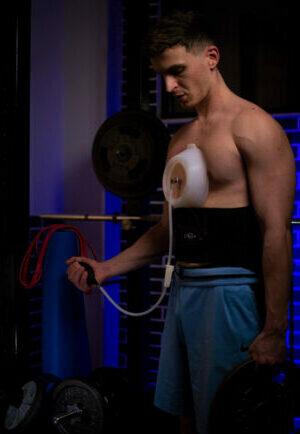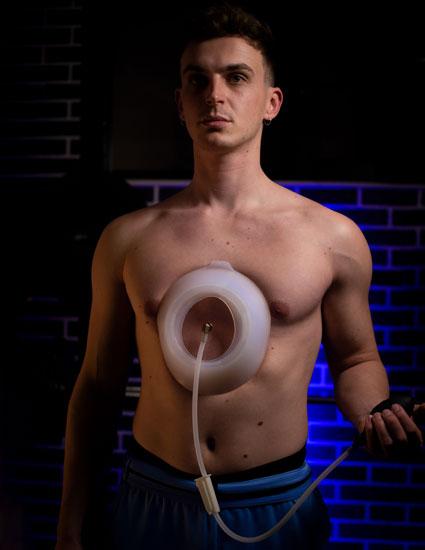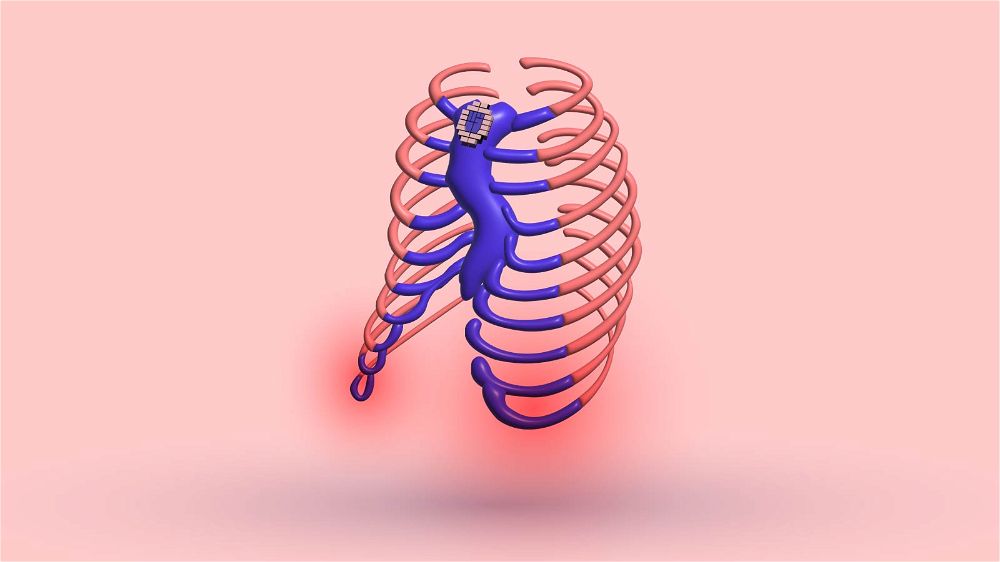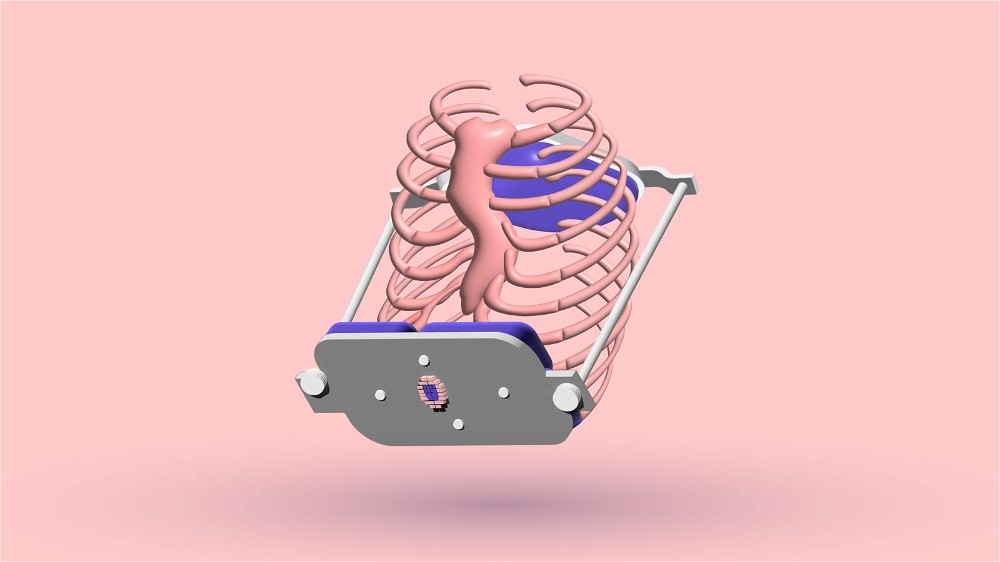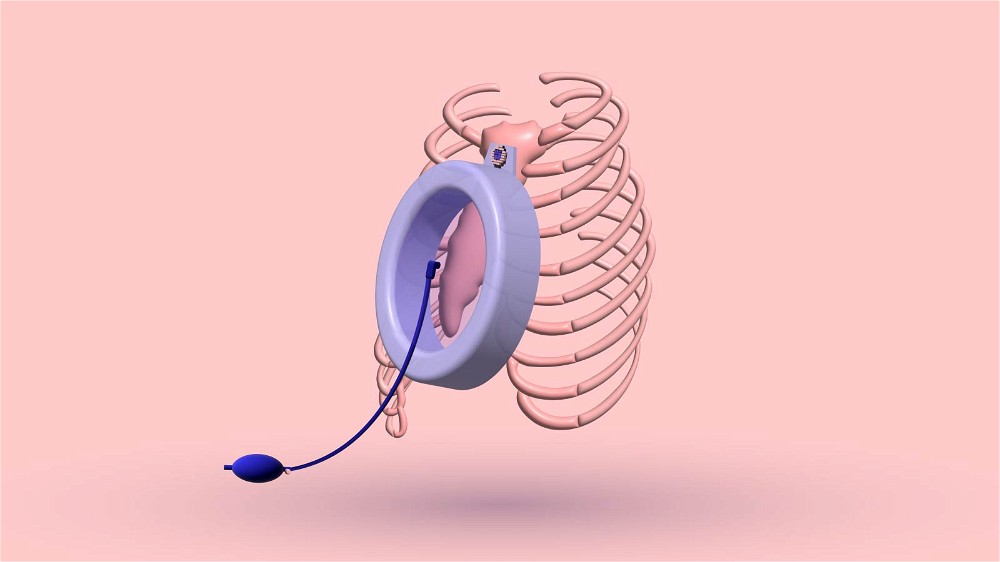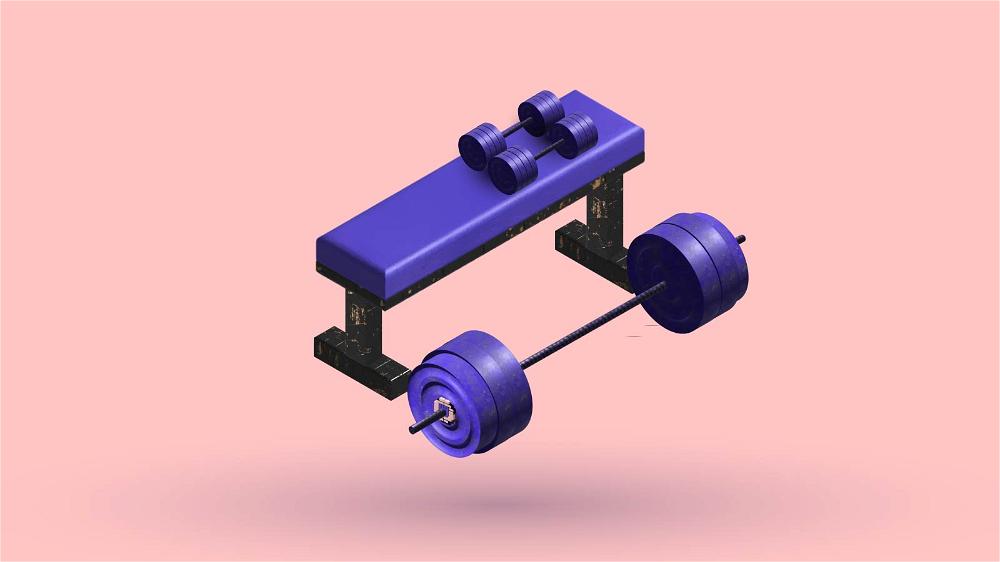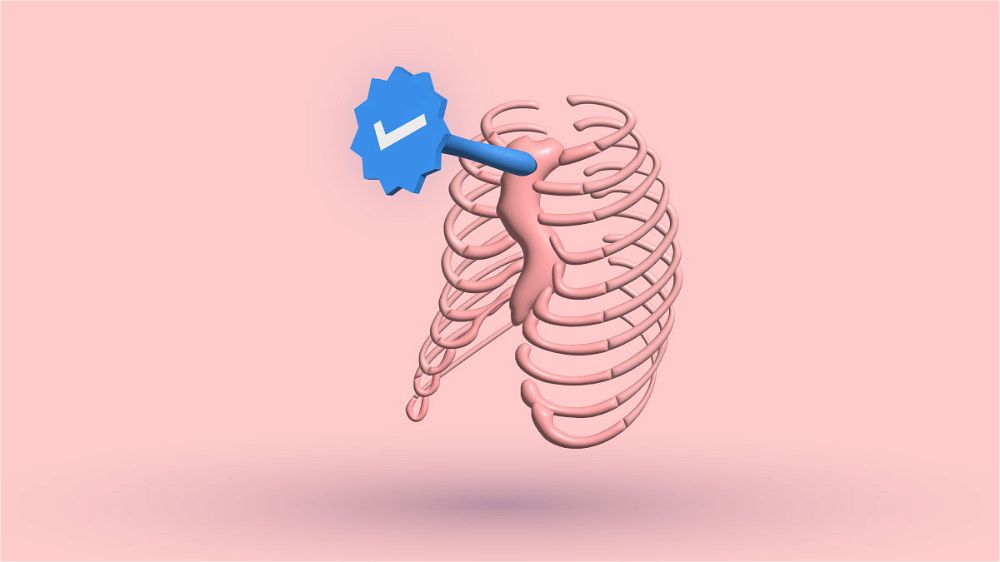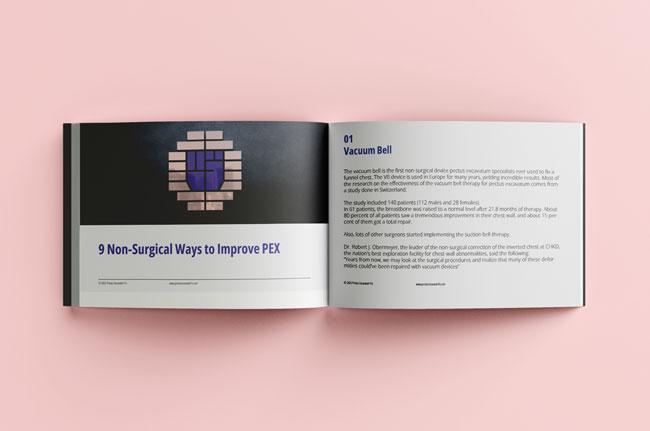Dear women with pectus carinatum, I feel that the lack of information about the deformity in females may lead you to this article. I hope you will find everything you need to know on this site.
A perfect bra is sometimes the key to your self-esteem, especially when you struggle with pectus carinatum deformity.
I am constantly looking for new information that may help my readers somehow.
Bra Can Hide Pectus Carinatum
As you may know, pectus carinatum is a chest wall abnormality that affects more men than women while being less frequent than pectus excavatum.
Throughout puberty, patients often seek treatment for this condition when the deformity becomes more visible and difficult to hide. Of course, it is more difficult for men to hide it, but women struggle regardless.
Pectus carinatum patients are prone to behavioral abnormalities and personality changes. Society sometimes affects us and can change our vision of ourselves very drastically.
Pectus carinatum can cause symptoms and effects in children and teenagers, and the disorder is primarily aesthetic.
Both the look and the symptoms may influence the treatment you have to choose for yourself.
Choosing a Bra Can Be Hard
Women say that finding a proper bra for your breasts seems a lot easier than it is. But, with a lot of research, I am sure you can be the best doctor. Knowing your body well is the key to everything.
You know that good underwear, especially bras, can change your appearance. Bras can hide and camouflage your pectus carinatum.
Underwires
We are starting by explaining what underwires are and how to choose them.
Underwires help transfer the weight of your breasts into the band of your bra, giving extra support and lift. They also help shape your breasts and keep them from swelling into your armpits.
The underwires should help support your breasts, lift them, and give a shape that will surely hide your pectus carinatum.
Underwires should not pinch or poke you or be uncomfortable, making your deformity more painful.
Support Levels
Underwires are divided by providing more or less support, depending on two factors: the strength/gauge of the underwire and the firmness of your bra band.
- More supportive: strong wires (steel wires and more elastics, a firmer and more comfortable fit)
- Less supportive: thinner wires (steel wires and a looser, more relaxed bend, stretchier, and more relaxed fit)
Choosing a more or less supportive underwire is just a matter of personal taste. Always choose what is best for your body.
Underwires Categorization
Size
Underwire scales in sorted order; equal numbers increase like bend numbers, typically 28 to 60.
The correct bra will support your breasts, improve the appearance of your clothes, and keep you comfortable all day. Furthermore, purchasing a bra that you enjoy wearing every day will save you money in the long term. To begin, cut any preconceived opinions regarding bra sizing.
Many women think they know their bra size because it is the size they have always worn or should wear. However, opposite to common perception, choosing a bra size is not as straightforward as it looks.
How to Choose the Right Size
The combination of your band and cup size decides the size of your underwire. Sister sizes are applied in underwire sizing, just as in bra cup sizing. Increasing or decreasing your cup size will increase or lessen your wire and band size.
Several sizes share the same underwires, and they are all sister sizes.
(A size 34B, for example, will require a size 34 underwire).
Also, remember that underwire bra sizes are based on a B cup size. As a result, any B cup will have an underwire the same size as the band.
(A 34B refers to a 34 underwire, whereas a 40B refers to a 40 underwire.)
The wire diameters of all other cup sizes will proportionally raise or lower.
Because this might be difficult and unusual to know details, it is helpful to look at charts. If you are a pro, you can calculate your underwire size by noting how many cup sizes you are up to or down.
But measurement always helps.
Length:
The length is for the overall underwire. It is long as you grow, but it does not influence the size. In the same size, different types of underwire might have different lengths.
So now that you know how underwire sizing works, how can you choose the appropriate one for you and the one that will hide pectus carinatum?
Measure Yourself
You may get different outcomes depending on the design you choose.
There are two main methods for measuring bra sizing: American and European/UK.
If you measure your ribcage with American sizing (breathing out with a tape measure). Then you add 4 or 5 inches to get a round figure, the size of your band. Alternatively, some techniques will use your overbust measurement rather than your ribcage measurement. Then deduct your band measurement from your total bust measurement. Every inch that remains is equal to one cup size. (Sizing in the United States alters but is typically A – H without double letters.)
You may get the same ribcage and bust measurements with the UK sizing. Your band size is your rib cage measurement, and the gap between your chest and ribcage is a cup size.
(The cup order in UK size is: A, B, C, D, DD, E, F, FF, etc....)
Neither of these systems is incorrect, and some bodies will benefit differently. All bodies are different, and you may have mild or severe pectus carinatum deformity, which will also affect your bra size.
Ladies with smaller cup sizes and more athletic body types benefit from the American measurement method. On the other side, If you have larger bra cups UK system may be better for you. It all comes down to how your bras should fit your personal choices.
Remember that choosing a design and determining your bra and underwire size is only the beginning.
Remember that the underwire must suit you and your preferences, not your bra size. That is possibly the essential thing to remember about underwires.
It does not matter what size the underwire is supposed to be in your bra size. If the underwire fits are off for your body, you will be uncomfortable.
Try on a bra without any clothing straight on your chest wall to get the best measurements.
How to Measure Correctly
Raise one arm over your head. Keep an eye out for the inflammatory crease, the line where breast tissue ends and the chest wall begins. That is where you want your wire to fit snugly.
Depending on the size of your breasts, you may need to raise both arms to full view. You want your underwire to fit perfectly, so hold it against your body to test whether it fits comfortably.
If it is too tiny, it will sit on your breast tissue and cut into it either in the center front or side of your breast. You do not want that to happen with your pectus carinatum deformity. It may be painful, or it can worsen your pectus posture.
If it is too big, it will hang outside the crease on your chest wall or outside the side of your breast tissue and may worsen your body image.
Following Test
Lower your arm while holding the wire in place for the following test. With your arm down, the wire will fit a little tighter – which is excellent in some cases, but again be careful. (Never put yourself in a situation where it hurts).
It should not be sticking up into your underarm or arm. Every discomfort that you may feel does matter. Your wire may be either too large or too long. Ensure you wiggle your arm around a little to ensure the wire is not sticking out too much on the outside and poking you.
The wire will pinch you if it is too small, and you don't want that to happen in general.
There are differences between your wire when it is flat and when the wire is wrapping around your body. When an underwire is around your body in a bra band, strain pulls on the wire, causing it to splay.
What is An Underwire Splay?
It depends on the type of underwire you are using, the size of your bra and underwires, and how tight you prefer your bra.
In underwire styles, wires with tall sides will have more splay than wires with shallow sides. For example, if you pull horizontally on the points of the wire, which is a very U-shaped wire, you can see it splaying.
The bigger the size of the underwire, the more splay you may expect. A big area allows more splaying, and there is typically a heavier weight of breast tissue on these wires, causing them to strain and splay more.
The more your wires splay with band tightness, the tighter your band is. It appears to be a simple one since the horizontal force surrounding your body pulls on your wires and causes them to splay.
A creator should pre-determine how much the wire will splay in bra designs.
Optimal Fitting Bra is Important
It does not matter whether your underwire size corresponds to your bra size, or whether you want a tighter, spreader, or looser or more fitting wire. It's all about your body and what works for you.
Different women's body types function the best with diverse bra styles.
Nothing is wrong; there are no rules; it's just what you want.
Once you know all these steps and how to use them for yourself is all that matters.
Style
Style refers to the different forms of the underwires (accommodating to different body shapes)
Bra Kits are the Best Solution
A simple way to have a successful relationship with your bra is by bra-making. Using a bra kit for many women with different deformities is a lifesaver. After all, the bra kit includes all the components you'll need to make your bra the best fitting.
The kits come with plenty of supplies. Kits include enough supplies to build even the large bra designs. You can cut two bras from a single kit (depending on your size). You'll need more elastics for the second bra if you're a smaller size.
Most women with pectus carinatum prefer to make a few changes to their bra design to help it suit their bodies better. One of those adjustments might be the size of your underwire.
Bras to Make Pectus Carinatum Less Visible
The next step is choosing a bra that suits your form and size well. How do you pick bra designs that flatter your figure and make your deformity less visible? You'll probably want a few bra designs in your closet to wear with different clothes and situations.
I am sharing a few styles that are best for pectus carinatum deformity.
Wireless vs. Underwire
Underwires can help you achieve a more attractive breast shape. Still, they don't always provide superior support to a wire-free alternative.
Most women will benefit from a correctly sized underwire bra. On the other hand, a wireless bra will be more comfortable if your breasts are more prominent. Underwires will not hold in to support changes in body shape.
It seems that modern world standards say to girls and women that wearing push-up bras will make you sexier. They show more cleavage and make breasts appear as unnatural as possible beginning in adolescence.
With the rise of the bralette, the standard for beauty is evolving. Natural beauty, comfort, and health are the most important.
Wireless bras should not obstruct normal lymph drainage.
Breasts aren't "overstimulated" by wireless bras.
Allow your body to detox naturally by removing your underwire bra when you get home from a hard day at work and replacing it with a wireless bra.
Front vs. Back Closure
Front-closure bras are easy to put on and take off, but because you can't alter the snugness of the band, it is a bit difficult to achieve the right fit. But be careful with the front closure bras.
They may be flattering, but the pectus carinatum situation makes it difficult. A back-closure bra provides extra options for cup form, spacing, and band adjustment.
Compression vs. Encapsulation
That is especially true for sports bras, but an everyday bra should not compress. Compression bras keep the breasts to the chest and hold them in place.
Encapsulation bras include cups and panels that hug each breast and provide more personalized breast support for medium to large bra sizes.
Full-coverage Bras vs. Plunging Bras
Plunging bra cups are great for wearing under low-cut shirts and can give adequate support and form for ladies with medium cup sizes.
However, they will not raise the breasts or give them a fuller appearance without padding. So with that, your deformity may still be visible. Full-coverage bras offer the best support and shape for drooping, pendulous, or big breasts.
How to Know That You Have the Right Bra?
You'll find it simpler to browse the options and try on bras that are likely to be a suitable match once you have your size and style preferences.
- The straps stay in place, but they aren't strong.
- The band and the cups should fit around 90% of the bra's support.
- You can breathe properly.
The straps are responsible for keeping the bra in place, or if they slip or dig in, the bra will not fit.
A new bra should fit snugly at the loosest setting, allowing you to go up or down a notch. As the bra expands over time, it must maintain a correct fit.
An extensive section of your breasts is in the middle of the bra, midway between your shoulders and elbows. Your breasts will lift without being smushed in a decent bra. Lifting the breasts with the help of a bra, you will make an illusion of a normal chest.
Choose a cup that supports the large breast and considers a bra insert to bring the small side into balance.
(If you have one breast more significant than the other, as most women do).
When standing or sitting, the bra is equally comfortable. Your posture changes when you sit down, so be sure your bra isn't pinching or drooping when you take a seat.
A bra band that restricts your breathing isn't more supportive. It will be excessively tight. Choose an alternative brand or style if moving up a band size makes the bra too loose.
Sometimes bra can be a signal for your pectus carinatum situation. Does it get worsen, or is it getting better?
If the bra doesn't sit well, it's time to change your bra and, of course, make your regular appointment with your doctor.
How to Know that Some Things Are Off With Your Bra?
A few simple rules will tell you it is time to change your bra or look for the proper one.
The band slips when the bra is on its tightest setting, and the underwire pushes out to the side rather than laying smooth against your skin. If you feel any pressure on your chest, it is time to change your bra!
Finally, whenever you go shopping for new bras, it's a good idea to be refitted or retake your measurements.
Breast form and size vary due to weight changes, pregnancy, age, or deformity. The bra size you have worn previously may no longer be appropriate.
Negative Body Image
Pectus carinatum patients risk having a negative body image and a lower quality of life. But, we can change it for the better.
Until recently, the only option for therapy was surgical reconstruction.
One way of solution is by contour correction while simultaneously lateral expanding the depressed costochondral arches by compressing the projecting anterior portion of the chest wall.
The cartilage that joins the ribs grows flat along the chest wall while the chest wall develops. This cartilage is improper in the cases with pectus carinatum, producing uneven development where the ribs meet the sternum.
That is the reason for the look of the chest wall. Pectus carinatum can be very noticeable in young girls and becomes more prominent as puberty approaches.
It may not be fully visible until a girl reaches their adolescent growth.
But besides the surgical treatment, a large amount of evidence currently supports using orthotic bracing as a nonoperative option.
Always consult a doctor, and you can choose the proper treatment.
Till then, choosing the right bra can help a lot.
Importance of Working Out for Bra Sizing
Ladies, never forget your overall health. Feeling good inside will indeed show outside, and everyone will see it.
Bodybuilding is the key for many men and women to cover their deformities after puberty. Some women discover they may fulfill the same function if their breasts are large enough.
People with symmetrical pectus carinatum can benefit from bodybuilding for sure. Every possible exercise that is good for you, from walking to swimming, yoga, gymnastics, and bodybuilding, is sufficient and can help.
The Bottom Line
Put on comfy clothes well-fitting bra, and start working on your best self!
No one should have to choose between their health and their looks. And comfort and usefulness shouldn't have to be sacrificed in the name of aesthetics.
That is why I stay focused and committed to sports. That is how to reinvent what it means to be attractive by putting health and happiness first!
In the end, I want to suggest you feel free and ask everything you want to know to help our community. Write a comment, contact me via mail, and feel free to share your story and struggles as a woman with pectus carinatum.
3 Sources
- Erin E. How To Fit Your Underwire ...and other underwire mysteries [Internet]. Emerald Erin. 2017 [cited 2022 Dec 5]. Available from: https://emeralderin.com/2017/06/how-to-fit-your-underwire-and-other-underwire-mysteries/
- Abramson H, Aragone X, Blanco JB, Ciano A, Abramson L. Minimally invasive repair of pectus carinatum and how to deal with complications. J Vis Surg. 2016 Mar 23;2:64.
- Pectus carinatum (pigeon chest): Symptoms, causes, and treatment [Internet]. 2018 [cited 2022 Dec 5]. Available from: https://www.medicalnewstoday.com/articles/320836


